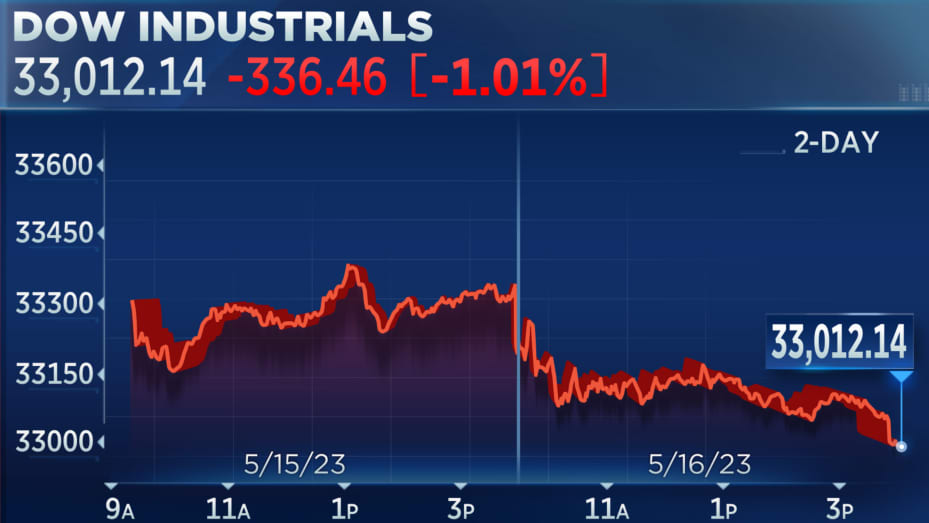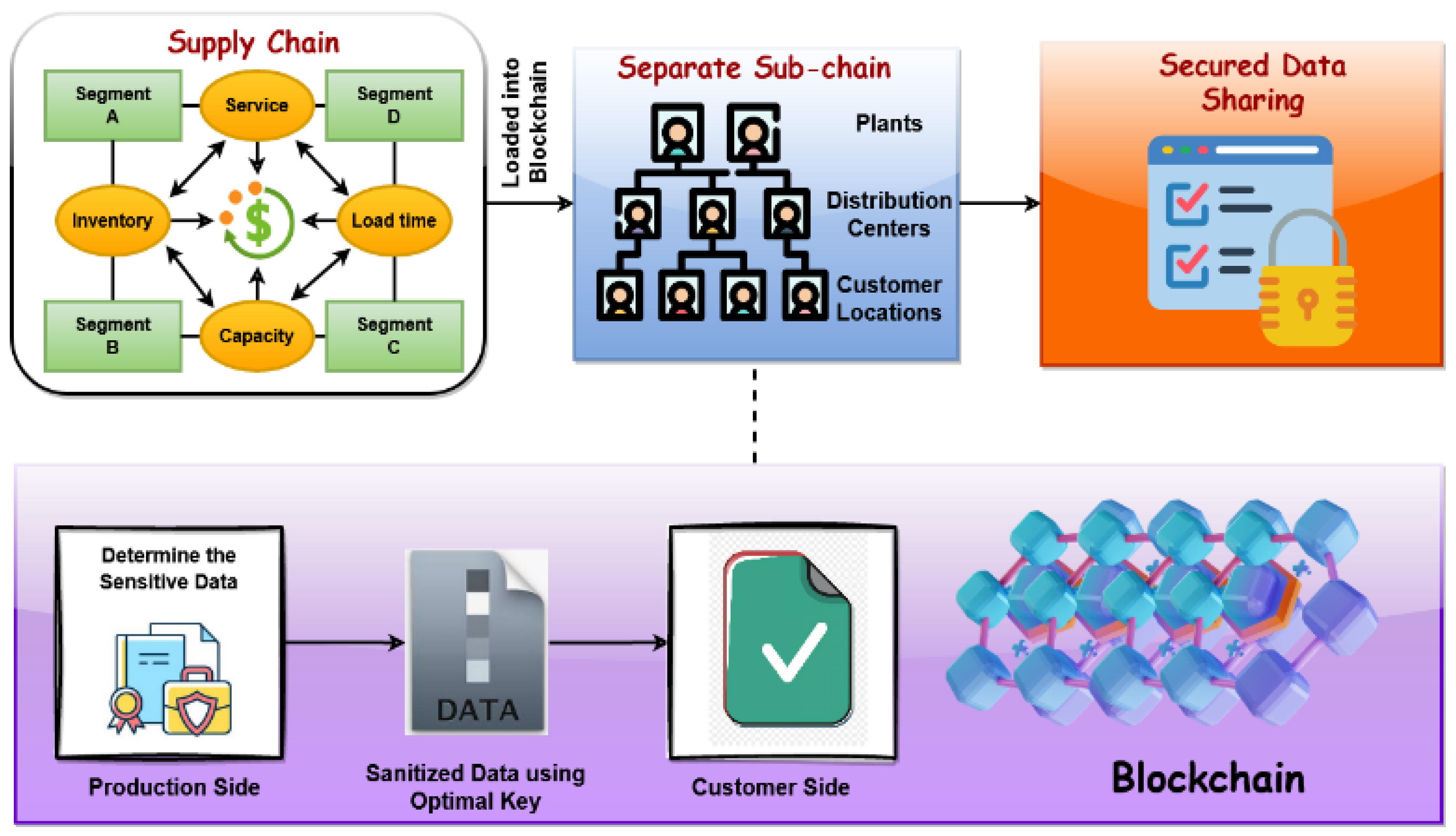Debt ceiling crisis: Best practices to navigate this market
The Best practices to navigate this market is a serious issue that could have a significant impact on the?US economy and global markets.

The debt ceiling is the legal limit on the total amount of money that the United States government is authorized to borrow by law. When the debt ceiling is reached, the government cannot borrow any more money unless Congress raises the ceiling and Best practices to navigate this market.
Debt ceiling crises have become increasingly common in recent years. In 2023, the United States is expected to reach the debt ceiling again in the fall. This could lead to a government shutdown or even a default on US debt, which would have a devastating impact on the global economy.
Investors are understandably concerned about the potential for a debt ceiling crisis. However, there are a number of steps that investors can take to protect their portfolios and navigate the market during this time of uncertainty.
Best practices for navigating the debt ceiling crisis
Stay informed
The first step is to stay informed about the latest developments on the debt ceiling crisis. This means following the news closely and paying attention to the statements of government officials and market analysts.
It is also important to understand the potential consequences of a debt ceiling crisis. If the government defaults on its debt, it could lead to a recession, a decline in the stock market, and a rise in interest rates.
Diversify your portfolio
Another important step is to diversify your portfolio. This means investing in a variety of different asset classes, such as stocks, bonds, cash, and commodities. By diversifying your portfolio, you can reduce your risk if one asset class performs poorly.
Consider investing in safe haven assets
Safe haven assets are investments that tend to hold their value well during times of economic turmoil. Some popular safe haven assets include gold, silver, Treasury bonds, and Swiss francs.
If you are concerned about the potential for a debt ceiling crisis, you may want to consider investing in some safe haven assets. This can help to protect your portfolio from losses.
Rebalance your portfolio regularly
It is important to rebalance your portfolio regularly to ensure that it still meets your investment goals and risk tolerance. Rebalancing involves selling some of your winners and buying more of your losers.
This can help to keep your portfolio on track and reduce your risk.
Don't panic sell
If the stock market does decline during a debt ceiling crisis, it is important not to panic sell. Panic selling can lead to you selling your investments at a loss.
It is important to remember that debt ceiling crises have been resolved in the past, and the stock market has always recovered. If you have a long-term investment horizon, it is best to stay invested and ride out the volatility.
Additional tips for investors
- Reduce your margin debt. If you are using margin to buy stocks, you may want to reduce your margin debt. This will help to reduce your risk if the stock market declines.
- Increase your cash reserves. It is a good idea to have some cash reserves on hand in case of a market downturn. This cash can be used to buy stocks at a discount or to cover unexpected expenses.
- Talk to your financial advisor. If you have any questions or concerns about the debt ceiling crisis, talk to your financial advisor. They can help you to develop a plan to protect your portfolio and navigate the market during this time of uncertainty.
The debt ceiling crisis is a serious issue that could have a significant impact on the US economy and global markets. However, there are a number of steps that investors can take to protect their portfolios and navigate the market during this time of uncertainty.
By staying informed, diversifying your portfolio, considering investing in safe haven assets, rebalancing your portfolio regularly, and not panic selling, investors can minimize their risk and maximize their chances of success.
What's Your Reaction?
















